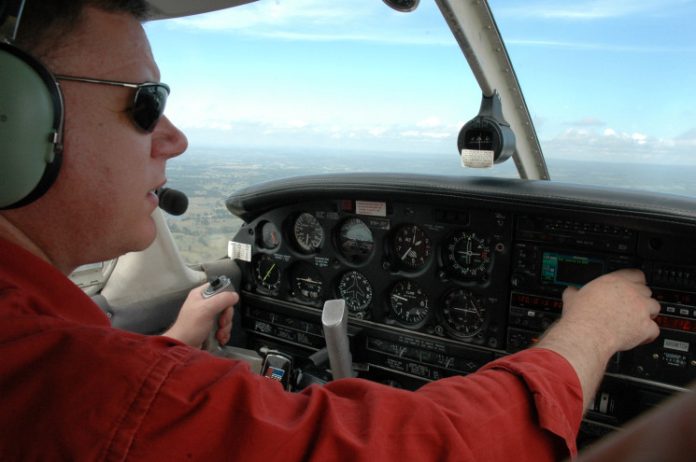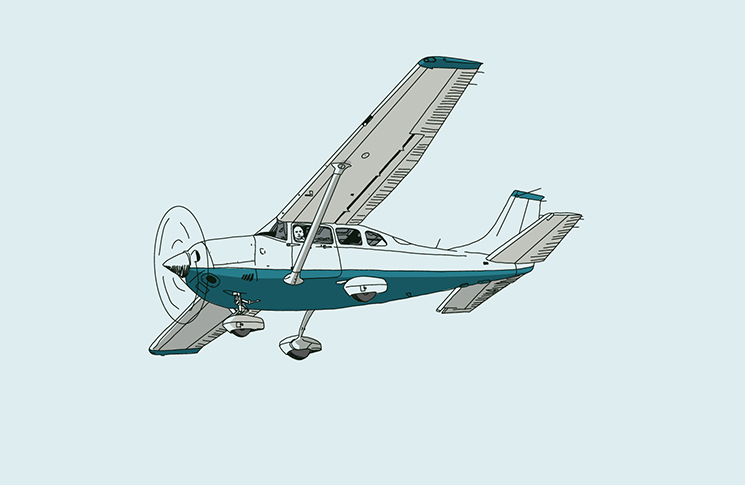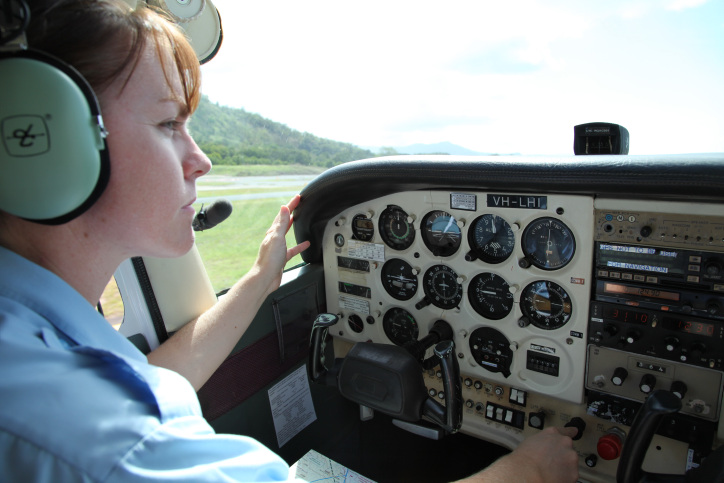When was the last time you consciously considered why you’re performing your pre-landing checks, rather than just carrying them out because they’re on the checklist?
Regardless of how much flight experience you have, pre-landing checks are a vital aspect of aviation safety.
However, complacency can sometimes set in, leading pilots to perform these checks by rote, without fully considering their purpose and the safety they provide.
Two common pre-landing checks
The BUMMMFITCHH technique is a widely used mnemonic among pilots for pre-landing checks. It stands for brakes, undercarriage, mixture, magnetos, master switch, fuel, instruments, trim, carb heat, hatches and harnesses. This method ensures that all critical systems are verified and set correctly.
The GUMPS technique, another common mnemonic, stands for gas, undercarriage, mixture, propeller and seatbelts. This simple and effective checklist helps pilots ensure the aircraft is properly configured for landing.
Insights from experienced pilots
Here’s what 3 pilots have to say about their pre-landing checks.
Steve Krug from Sydney By Seaplane in Seawing Airways, operates an amphibious DHC-2 Beaver and uses the BUMPFFW technique. He has over 49 years in the flying business, 28,000 flying hours, primarily on float planes and flying boats. As of May 2024, he had 52,500 water landings and the same number of water take-offs.
He says pre-landing checks are crucial due to the unique configurations required for land and water landings and emphasises the discipline needed to perform these checks meticulously.
‘The ability of the amphibian seaplane to operate in a variety of configurations – land to land, land to water, water to water, water to land – presents the pilot in training with a unique set of circumstances,’ he says. ‘It is therefore very important that the pilot considers the effects of these changes in configuration at all times.’
His pre-landing checklist includes:
- brakes: ensure they are off
- undercarriage: confirm the correct position (up for water landing, down for land landing)
- mixture: set to rich
- pitch: full fine or as required
- fuel: check quantity, pressure and selection
- flaps: set as required
- water rudders: ensure they are up.
Steve also performs a short finals check, repeating the critical items and ensuring everything is set for the type of landing he is about to execute. This disciplined approach helps maintain safety and performance, especially in the varied conditions amphibious aircraft face.
Richard Butterworth, Head of Flight Operations at Kestrel Aviation, provides insight into the pre-landing checks for helicopters. He says these checks are based on the flight manual specific to the helicopter type, with the primary objective of transitioning the aircraft configuration for landing.
‘The pre-landing checks involve optimising aircraft performance by removing bleeds from the engine, ensuring you’re in the appropriate power mode and having 100% power RPM,’ he says.
He emphasises the importance of mindset, especially in single-pilot operations, where being aware of potential ‘what ifs’ is crucial.
For multi-crew operations, aligning the crew’s thoughts and focus on landing the aircraft safely is essential. ‘Helicopters operate in low-level environments, so maintaining a sterile cockpit and optimising performance is critical,’ Richard says.
His tip is to think about why each check is performed, rather than doing the list by rote.
Ross Peake from Canberra has been flying GA aircraft for about 6 years and uses the ‘flow’ technique for pre-landing checks. ‘I went back to Cowra one year to do circuit training in the FlyOz Arrow,’ he recalls.
‘The instructor suggested using the “flow” technique for downwind checks because of its simplicity. I agreed and have used it ever since.’
Ross’s downwind check involves a left-to-right scan across the panel:
- fuel: check sufficient for go-around
- Ts and Ps: ensure all are in the green
- gear: down, after confirming speed
- mixture: rich
- landing light and fuel pump: on
- hatch and harness: confirmed by the pilot or the person in the right-hand seat.
On final approach (if flying an Arrow), Ross performs the PUFF check (power, undercarriage, flaps, fuel) ensuring everything is set correctly for landing. This method helps him stay organised and ensures no critical item is overlooked.
The dangers of complacency
While pre-landing checks are routine, they must never become perfunctory. Pilots must always understand the purpose behind each check, ensuring the aircraft is properly configured for landing and prepared for any potential issues. Complacency can lead to missed steps and, ultimately, jeopardise safety.
Regardless of what a type of aircraft you fly – amphibious, helicopter or fixed-wing – pre-landing checks are a non-negotiable aspect of safe flying.
Non-controlled operations
Non-controlled operations is one of the special topics on our Pilot safety hub. Refresh your knowledge.






Just use the aircraft’s published/printed Checklist. Mnemonics are not fool-proof nor fail safe, but aircraft manufacturers’ Checklists are. Professionals use Checklists. Cowboys don’t need ’em, as they rely upon mnemonics and their memory. How hard is it to pull the Checklist out of the cockpit’s side pocket and read it?
Compliance with each aircraft’s requirements is essential and varies considerably eg a Cherokee 180 with air conditioning has additional pre-landing check for that purpose. A simple example. Wing mounted radar in say an M20J has additional check before engine start.
Whether or not a student pilot doing an initial solo in a C150 needs to read from a written checklist is in contrast to say a Global 6000.
IMHO, reading a checklist in this phase of flight means too much time with the head down. This checklist needs to be memorised.
Final:
Rich, fine, 3 greens, gear down & locked, fuel for a go-around.